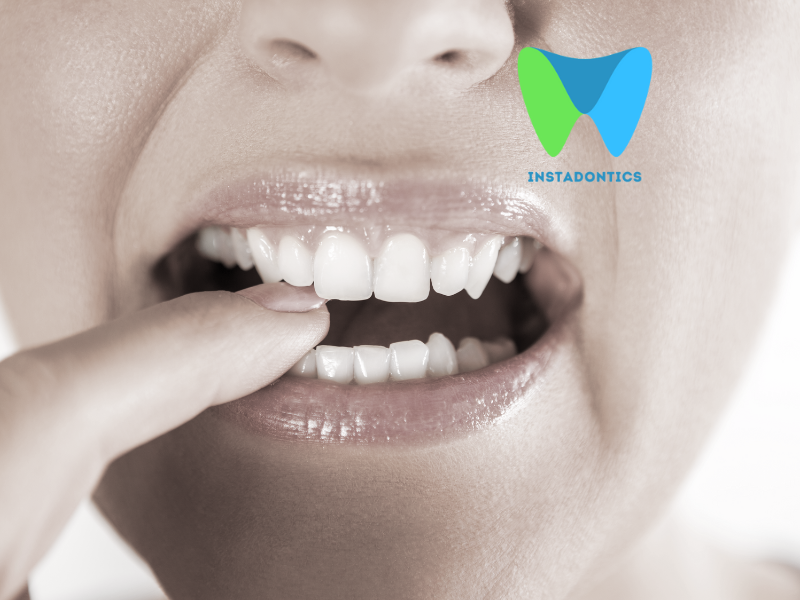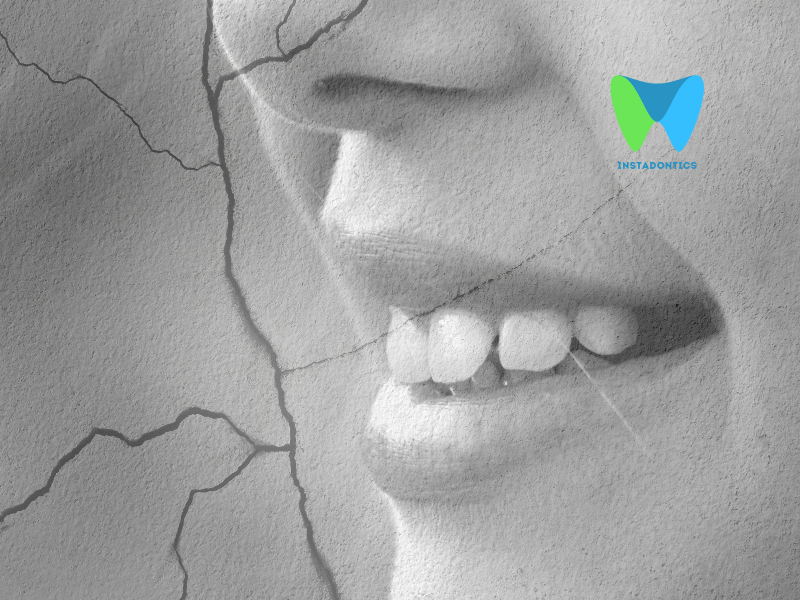The Importance of a Proper Seal in Dental Crowns
A dental crown is designed to encapsulate and protect a damaged or decayed tooth. For it to be effective, the crown must be securely and precisely sealed to the tooth. The seal is pivotal in preventing bacteria from infiltrating the space between the crown and the natural tooth.
Causes of a Broken Seal
Poor Fit During Placement
Crowns must be custom-made to fit an individual’s tooth perfectly. If a crown is improperly fitted from the outset, gaps may exist between the crown and the tooth. This poor fit can occur due to:
- Inaccurate Impressions: The dental impressions taken to create the crown must be precise. Any discrepancies can lead to a misfit.
- Laboratory Errors: Mistakes during the crown fabrication process can result in an ill-fitting crown.
- Dentist Technique: The technique and precision of the dentist when placing the crown are crucial. Inexperience or haste can lead to an improper fit.
Wear and Tear
Over time, the materials in crowns can wear down, especially if the patient grinds their teeth (bruxism) or frequently chews on hard objects. This wear and tear can eventually compromise the seal.
Cement Degradation
Cement is used to bond the crown to the tooth. Over time, this dental cement can degrade, especially if exposed to extensive moisture or acidity, leading to a weakened seal.
Structural Damage
Any trauma to the mouth, such as a fall or accident, can damage the crown or the underlying tooth structure, compromising the seal.
What Happens When the Seal is Broken
Bacterial Infiltration
The primary risk of a broken seal is the infiltration of bacteria. Once bacteria enter the space between the crown and the natural tooth, they can thrive in this protected environment, leading to decay.
Plaque Accumulation
A broken seal provides an ideal spot for plaque to accumulate. Plaque is a sticky film of bacteria that can lead to enamel erosion and decay.
Decay Spread
Once bacteria have infiltrated the space under the crown, the decay can spread swiftly. This spread can lead to further complications, such as:
- Root Infection: If decay reaches the tooth’s root, it can necessitate a root canal.
- Crown Loosening: Decay undermines the structural integrity of the tooth, which can cause the crown to become loose or fall off.
Diagnosing a Broken Seal
Symptoms
- Sensitivity: Increased sensitivity to hot, cold, or sweet foods.
- Pain: Persistent pain or discomfort around the crowned tooth.
- Discoloration: Dark spots or lines around the crown margin.
- Bad Taste or Smell: A bad taste or smell may indicate bacterial growth and decay.
Dental Examination
A dentist can diagnose a broken seal through various methods:
- Visual Inspection: Looking for visible gaps or discoloration.
- X-rays: X-rays can reveal decay or gaps not visible to the naked eye.
- Probe Tests: Dentists may use a dental probe to check for gaps or looseness.
Preventing a Broken Seal
Choose an Experienced Dentist
An experienced dentist can ensure the crown is crafted and placed correctly, minimizing the risk of a broken seal.
Follow Proper Oral Hygiene
Maintaining good oral hygiene practices, such as brushing twice a day and flossing daily, can help keep the seal intact.
Regular Dental Check-ups
Regular dental visits allow for early detection of any potential issues with the crown seal. Dentists can intervene before significant damage occurs.
Avoid Harmful Habits
Avoid chewing on hard objects and consider using a nightguard if you grind your teeth at night.
Solutions for a Broken Seal
Crown Replacement
If the seal cannot be repaired and decay has set in, replacing the crown may be necessary. The dentist will remove the old crown, clean out any decay, and fit a new crown.
Reshaping and Refitting
In some cases, the existing crown can be reshaped and refitted to improve the seal, provided there is no significant underlying decay.
Use of Dental Sealants
In some instances, applying a dental sealant can help to reseal the crown and prevent further bacterial infiltration.
Conclusion | A proper seal is crucial to the longevity and effectiveness of a dental crown. Understanding the causes, symptoms, and preventive measures for a broken seal can help protect your oral health and avoid the complications of decay under a crown. Regular dental check-ups and maintaining good oral hygiene practices are the best defenses against a broken seal and subsequent tooth decay.
If you suspect issues with your crown, consult your dentist promptly to address the problem before it escalates.



